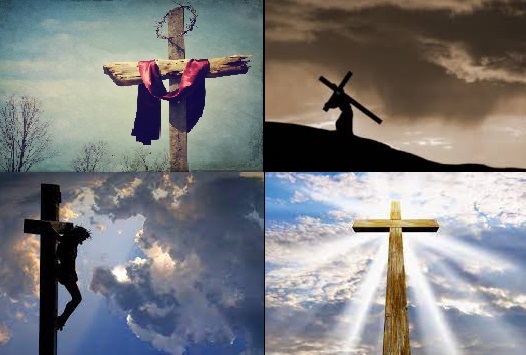Editorial Emphasis
By Anthony Casperson
1-22-22
It’s amazing how much of a difference editing can make. The same story told with slightly different emphases drastically shifts the telling, even though it’s all pointing to the exact same event.
There’s a YouTuber who takes a movie and edits trailers for it, framing the same film as if it were a different genre for each trailer. They then run the unofficial trailers back to back in order to show how important editing can be to portray a single story.
For instance, in one trailer, they’ll play creepy music and show intense scenes with a cut just before seeing what’s surprising the people. But then in another trailer, a love song plays over the images of a man and a woman smiling at each other. And in another version, a song with a driving beat pounds over scenes of people running or tires peeling out.
Is it a horror film? A rom-com? Or an action movie? Well no, it’s actually a buddy comedy with just enough of those other moments to utilize with the right type of editing.
The exact same film with multiple emphases, depending on the type of genre that the editor decided to portray. They didn’t add any actual footage. It was the same number of minutes of film, but the picking and choosing of specific moments and scenes modified the perception of those viewing the trailer of the movie.
I thought about this concept recently while I was going through my daily bible reading. The Gospel according to Mark rested before me. The very first chapter. In it, Jesus was introduced, baptized, and had already called his first Apostles. It even ends with Jesus’ celebrity expanding so widely that he couldn’t even go near a town without getting mobbed. Just the first chapter.
It was kinda crazy, considering the comparison to the first chapters of Matthew (which I had read not too long before) and Luke (which was on my mind recently enough considering the calendar). Do you know how far into the story of Jesus’ life you get in the first chapter of Matthew? You get a genealogy, linking Jesus to Abraham and King David. The promised seed of Abraham and rightful king of Israel. He’s not even born yet in Matthew 1.
And speaking of not even being born yet in the first chapter of his own story, you see Luke back up to the birth of John the Baptist—Jesus’ forerunner—as well as the proclamation of Jesus’ birth to Mary.
Not to be left out, in the first chapter of John’s gospel, the Apostle rewinds all the way to creation to start with. And then has the world’s speediest fast forward button run us through Jesus’ baptism and selection of a handful of Apostles.
People often have issues with the Gospels setting the events of the life of Jesus in a different emphasis from each other. But this is what we should expect, given their differing editorial emphases. The authors’ intent in describing the details coming through even as they pick and choose what to include.
Jesus’ life was a singular series of events. But each Gospel describes them differently. They’re basically trailers of the life of Jesus told in a different genre.
The Gospel according to Matthew is a showcase of prophecy fulfilled that the Israelite people had long awaited. Mark is a break-neck action race to the cross. (Just look and see how many times the author uses the word “immediately” the next time you read the book. All until he reaches the events of the cross when he finally slows down.) The Gospel according to Luke is a finely-researched investigation of events, given by eyewitnesses, that might have even been for a court record. And John gives us a heavenly perspective on the whole story, with the benefit of many years of reflection before writing.
Every one takes the exact same story and edits it down to help us understand a different perspective of those events. Their differences revealing the beauty of God and his redemptive story just as much as their similarities.
Each different editorial emphasis reflects another facet of the same true story.




